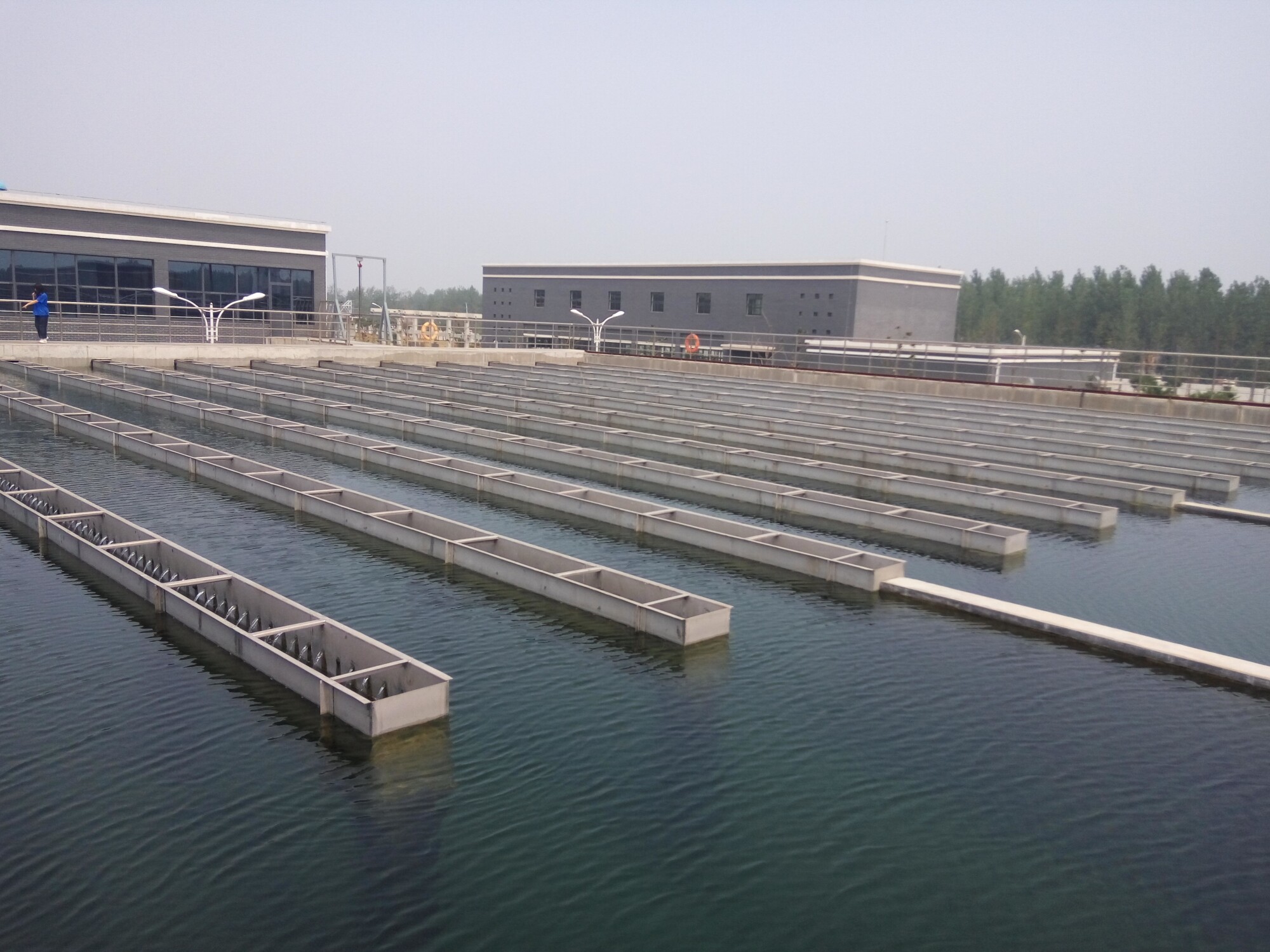Did you know that the typical American uses about 82 gallons of water per day? When we’re busing consuming so much water, it’s easy to ignore the water treatment systems that send water to our faucets. But knowing more about the underlying processes can keep you more aware if you notice anything unusual flowing from the taps.
Stay with us to discover 3 things you should know about water treatment!
1. Water Treatment Systems May Help Your Health
Going to the dentist’s office often involves a fluoride treatment. But did you know that fluoride is intentionally added to some drinking water? It’s a practice used by community water treatment plants going back to the early 20th century.
Water fluoridation helps keep away tooth decay and cavities. For those without access to regular dental care, this can save a lot of money and pain. The United States aims to make fluoride even more common in drinking water by 2030.
Water treatment plants handle the process of making community water healthier. But water enhancements don’t always need to happen on a large scale.
Water treatment systems can be a helpful addition to a home, too. If you live in an area with well water, for instance, it may not face the same regulations. In areas with runoff from farmland, household water filtration can yield a safer and tastier drink.
2. Water Treatment Involves Multiple Steps
Even if water treatment plants vary, the general water treatment process is the same. It begins with a dose of positively-charged chemicals entering the water and nullifying the dirty water. This process creates particles known as floc, which are heavier and sink to the bottom of the tank.
The cleaner water that rises above the floc continues through a filtration process. Bacteria, chemicals, and debris are removed. Then chlorine provides another major level of disinfection.
From there, water may go through distillation or reverse osmosis. These are some of the final steps needed to make it drinkable.
The risk of equipment corrosion is high during early stages that involve chemicals at a water treatment plant. That’s where better technology, including thermoplastic valves for acid applications, can offer a more durable solution.
3. Waste Water Can Become Drinking Water
When you reach for a glass of water, you may wonder if it’s recycled waste water. And you might be surprised to learn that, yes, waste water treatment processes can produce drinking water.
The process begins with removing large solids and gritty particles, like sand, first. Then bacteria in the water actually serve a good purpose — they remove any leftover particles.
Next, chlorine removes the bacteria. And then another process removes the chlorine. But don’t worry — the filtration keeps going before the water is deemed safe enough to drink.
Understand How Water Treatment Systems Work
Water treatment helps to keep our drinking water safe and tasty. Each system uses a slightly different set of steps to recycle water. And even waste water can gain new life after a complex filtration process.
For more unique facts, come back and check out new articles!

